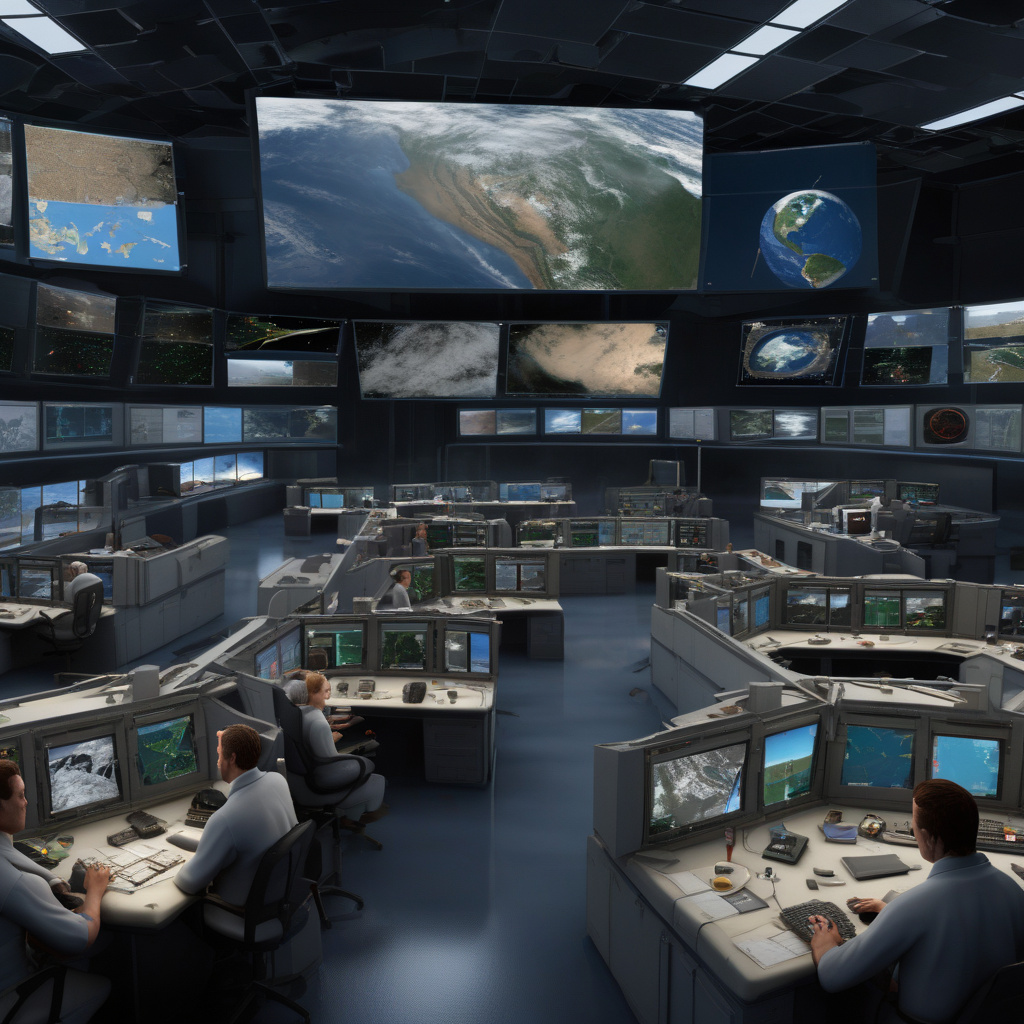Revolutionizing Disaster Relief: The Impact of Earth Observation Technology
In the realm of disaster relief efforts, the integration of Earth observation technology has brought about a significant transformation in response strategies. The utilization of cutting-edge tools such as artificial intelligence (AI) and drones has redefined the landscape of humanitarian aid, offering innovative solutions to address challenges in disaster management and response.
One of the key areas where Earth observation technology has made a substantial impact is in enhancing the speed and accuracy of disaster response. Traditional methods of assessing disaster-affected areas often involve time-consuming manual processes that can delay crucial decision-making. However, with the advent of AI-powered analysis of satellite imagery, responders can now quickly identify the extent of damage, assess the needs of the affected population, and plan their interventions more effectively.
Moreover, drones equipped with advanced sensors and cameras have become invaluable assets in disaster relief operations. These unmanned aerial vehicles can access hard-to-reach areas, collect real-time data on the ground conditions, and provide situational awareness to response teams. By leveraging the capabilities of drones, responders can conduct rapid damage assessments, deliver supplies to isolated communities, and even perform search and rescue missions in a more efficient manner.
Furthermore, Earth observation technology plays a crucial role in improving early warning systems for disasters. By monitoring environmental indicators such as weather patterns, seismic activities, and vegetation health, scientists can predict and alert authorities about potential hazards before they escalate into full-blown disasters. This proactive approach not only saves lives but also minimizes the impact of disasters on infrastructure and livelihoods.
The integration of Earth observation technology into disaster relief efforts also enables better coordination among various stakeholders involved in response operations. By providing a common platform for data sharing and collaboration, these technologies facilitate seamless communication and resource allocation, leading to more cohesive and effective response efforts.
In a recent article published by Innovation News Network, the transformative impact of Earth observation technology on disaster relief is highlighted. The article underscores the importance of embracing innovative solutions to address the ever-evolving challenges in humanitarian aid and emphasizes the need for continued investment in research and development to enhance the capabilities of these technologies.
In conclusion, Earth observation technology has emerged as a game-changer in the field of disaster relief, offering unprecedented opportunities to improve the efficiency, effectiveness, and resilience of response efforts. By harnessing the power of AI, drones, and satellite imagery, responders can navigate through the complexities of disaster situations with greater precision and agility, ultimately making a positive impact on the lives of those affected by calamities.
disaster relief, Earth observation technology, AI, drones, humanitarian aid












